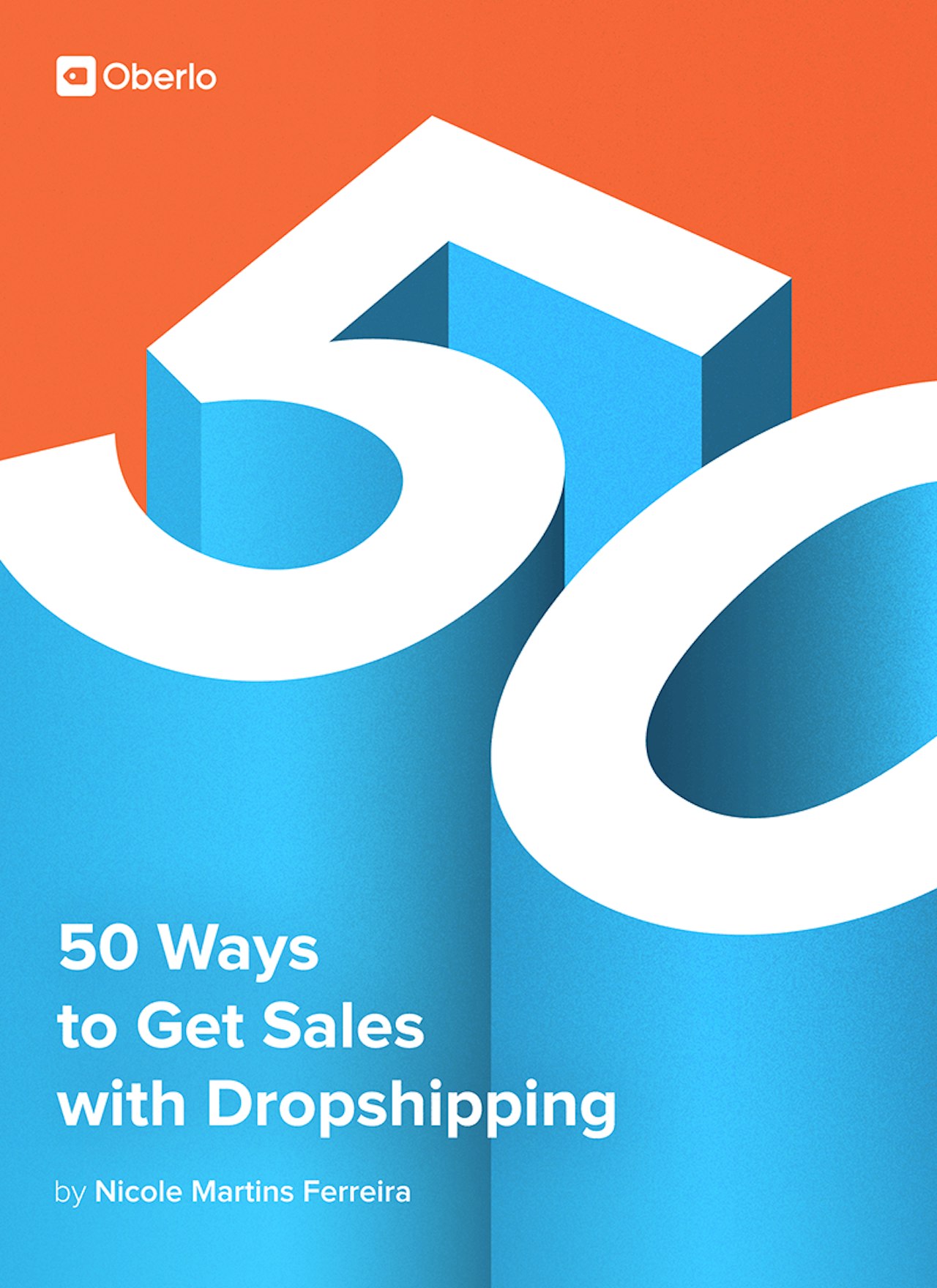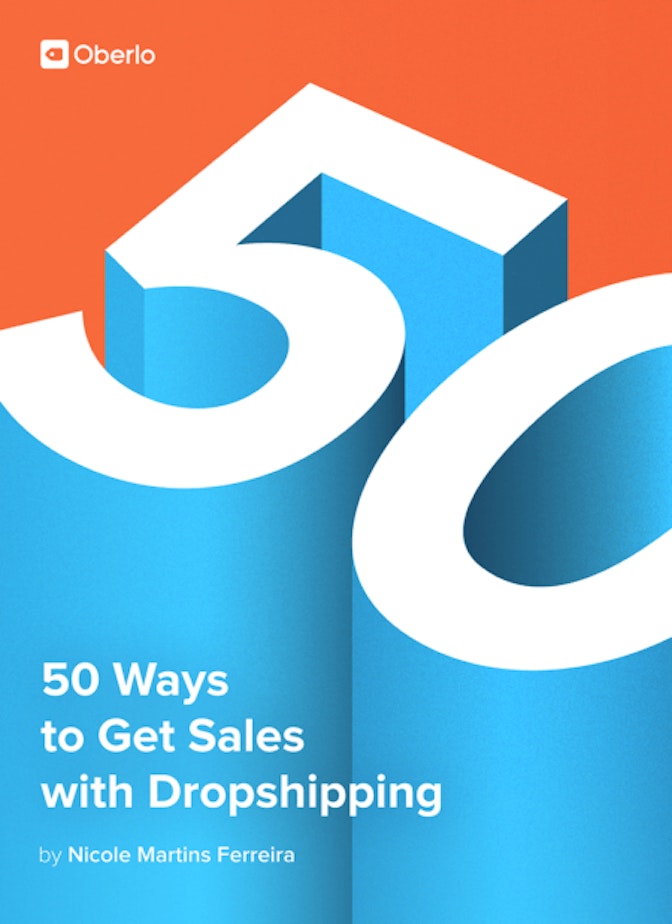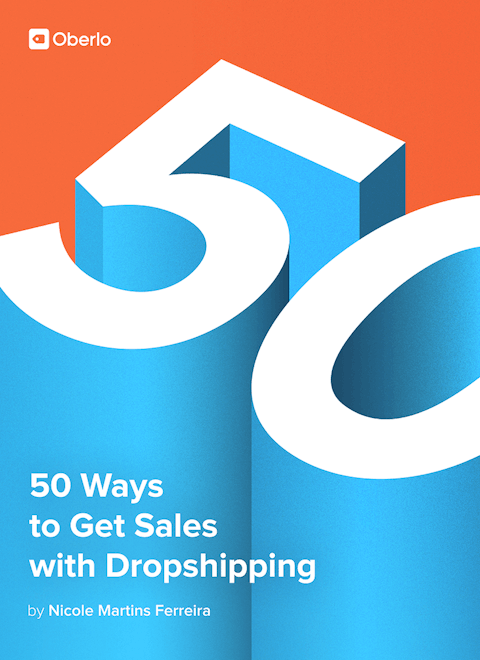Retail gamification is an ecommerce trend that won’t be going away anytime soon. Online retailers will need to continue creating interactive experiences for their customers to drive more sales growth on their stores. While it may seem like just a game, gamification apps have proven to increase leads and sales for many retailers. Whether it’s a spinner app offering a discount with exit intent or an interactive quiz that leads customers to a personalized product, retail gamification helps engage customers and lead them to action.
Gamification Examples: Sand Cloud uses a spinner app with exit intent. When a customer moves their mouse towards closing the browser tab, the spinner appears on their store. Customers are required to enter their email (allowing Sand Cloud to remarket to them) to spin the wheel. When the customer spins the wheel, they’ll receive a discount such as $5 off, 15% off, or 20% off. The spinner is usually fixed so that the customer always gets a discount off the product so that they’re incentivized to make a purchase.
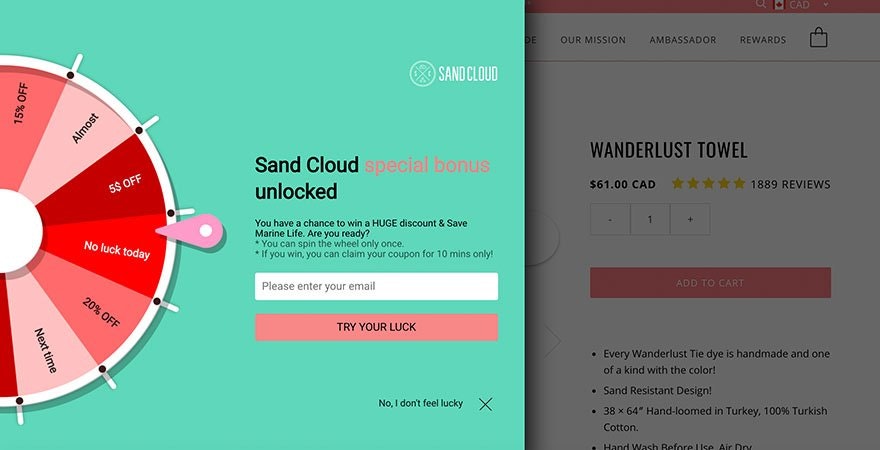
Tips for Gamification in Business:
Loyalty programs are a great way to create a gamified experience for your customers. They allow your customers to engage in actions in order to win points. Points can be used to achieve different prizes. You’ll want to offer enough little prizes in between to continue making the loyalty program engaging for customers. For example, on Sephora, when customers meet the minimum purchase, they’re giving points however they can also get free samples. The free samples acts as a little bonus for each purchase. As customers earn more points through purchases they can reach higher levels of VIB (Very Important Beauty Insider) where they can get even better perks such as free shipping or free makeovers. The loyalty program hooks customers into wanting to make more online purchases.
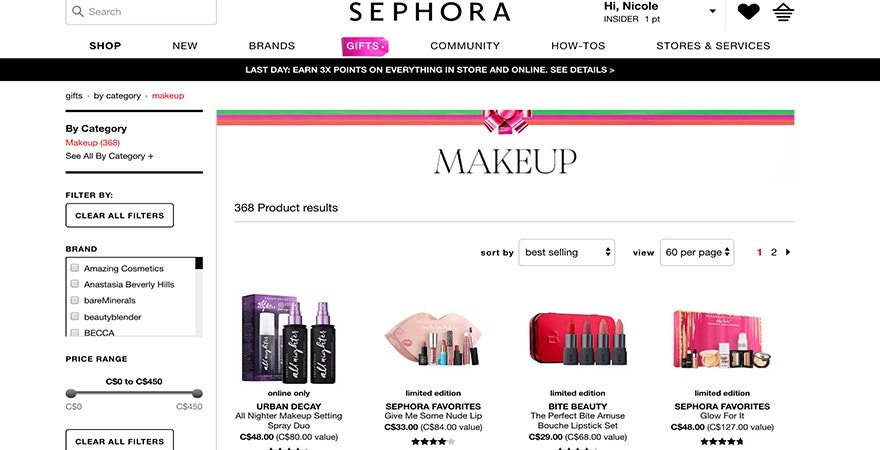
Quiz marketing is often done by top brands to gamify the personalization process. Retailers don’t typically have enough data about new customers to personalize their products towards them. That’s what makes quizzes so effective. Customers engage in a fun quiz before entering the online store so that the only products they’re shown are in their size and based on their sense of style. Brands like Fabletics use this tactic with great success.
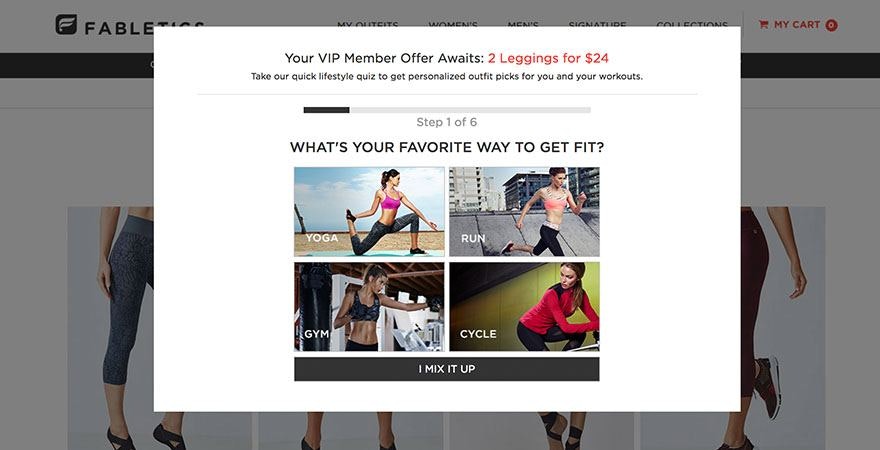
Contests can be a fun way to gamify the shopping experience. If there are challenges or steps the customer needs to complete in order to potentially win a prize, it can keep the customer engaged. Contests where customers could earn more points by entering each day are a great way to keep the contest and brand at top of mind.
Exit intent gamified apps are growing in popularity. Many brands are gamifying the shopping experience by requiring customers to fill in their email address to receive a discount. Be sure to set the discounts at a price your business can afford. If you offer too steep a discount that could eat away at your product margins affecting your business long-term. These apps work best for new stores struggling to get conversions on their store.
On store surveys and polls can be a fun and quick way to gamify your store. You can have a daily poll on your store where you ask your customers questions to better understand them. Your polls should focus on answering questions to curate better products for them. For example, ‘Which neckline do you prefer?’ or ‘What’s your favorite color dress?’ Let them have access to see the results of the poll as most people would be curious to know where they stand.
Regardless of how you gamify the retail experience, you need to make sure you always do the following: make it easy, winnable and trackable. The easier it is for customers to complete the interactive activity the more likely they are to start and finish it. It needs to be winnable. If customers lose when they play, they may feel discouraged and shop elsewhere. Trackability is important too as it lets your customers see how much progress they’ve made and what they need to do to reach the next milestone.
Gamification Marketing Tools:
Spin A Sale is a spinner app that offers customers a discount when they show intent to exit your website. Your store visitor needs to add their email address in order to spin the wheel. Once they spin the wheel, the spinner will land on a discount code which the customer can use for their purchase. This gamification app can be used to increase conversions.
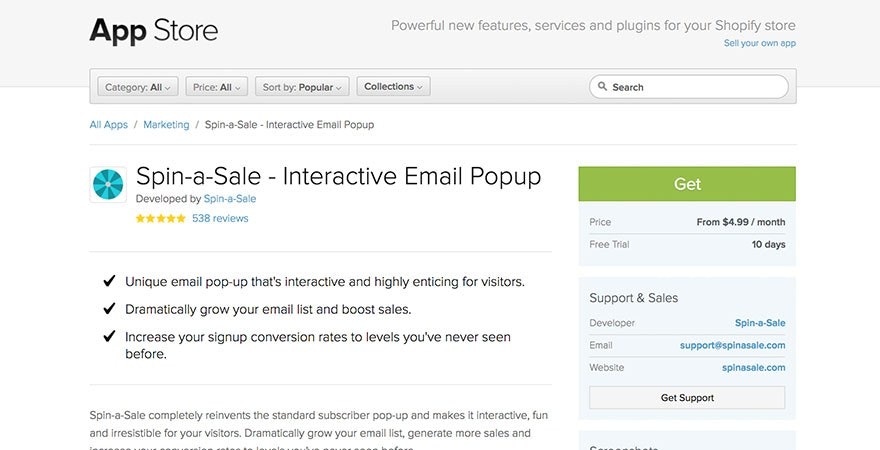
Points, VIP, Referral Programs requires customers to collect points in order to win perks. They can earn points through purchases, social media following, customer referrals, and more. In return, customers can redeem their points for discounts, freebies or gift cards. This loyalty program gamification app can help increase the number of repeat customers your store has.
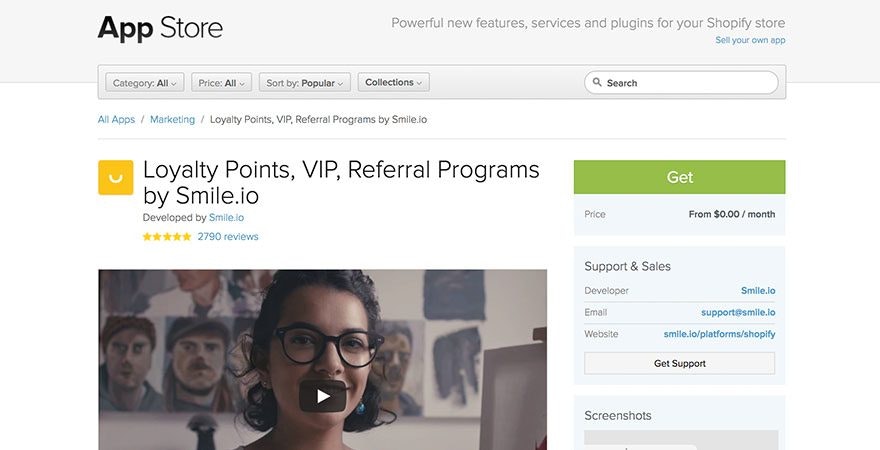
WooHoo is an exciting email pop-up where customers can play to win a discount after entering their email address. Once you click the ‘Start Game’ button a random generator chooses what discount code your customers get. You can even add text such as ‘Offer expires in 15 minutes’ to create a sense of urgency.
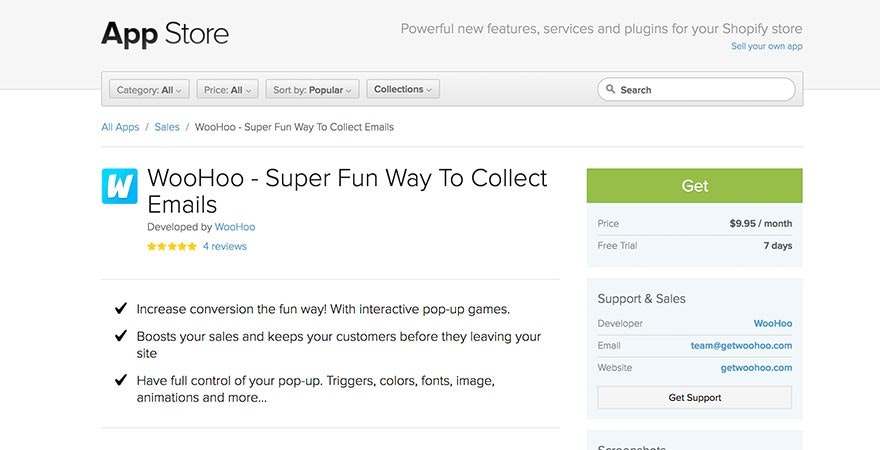
Fyrebox Games and Quizzes is a gamification app where store owners can create quizzes, puzzles and a hangman game on their store. You can use the games as a way to build leads, learn more about your customers or entertain them. Quizzes can lead customers directly to a product page. You can modify colors, choose from 9 languages, and more.
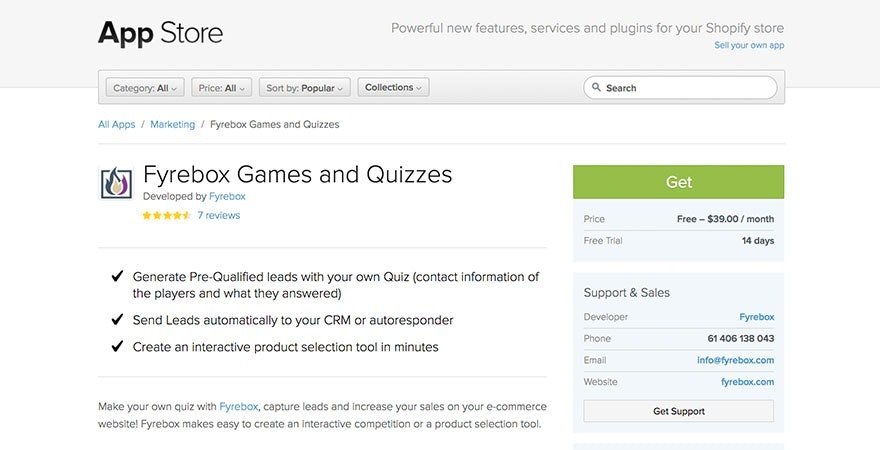
Gamification Marketing Resource:
6 Examples of Retail Gamification to Boost Engagement and Sales by Shopify showcases the six examples of when retailers created a gamified experience for their customers. You’ll learn how Victoria Secret’s Pink app where customers can play games, enter contests, create looks with their product collection and more.
